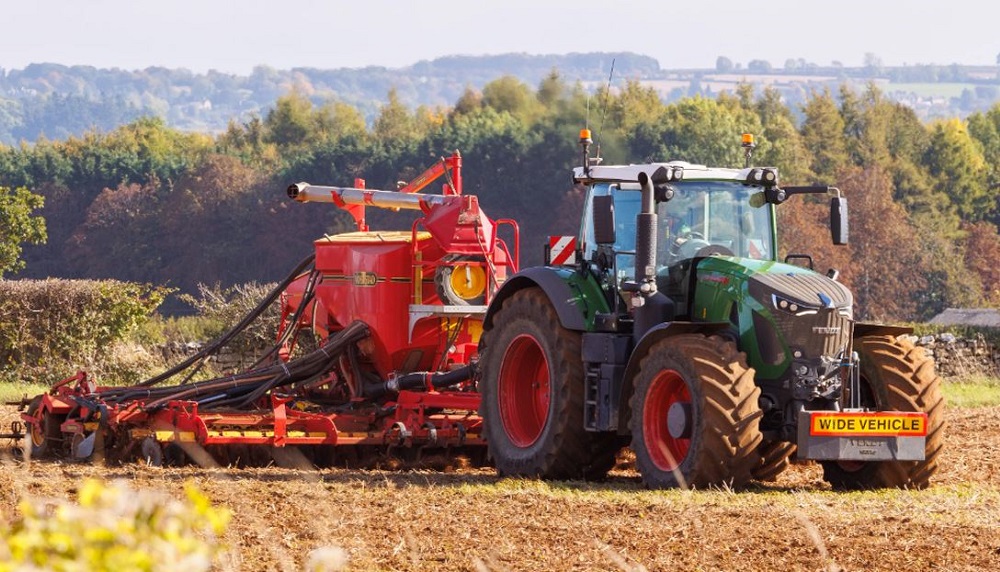- Home
- Knowledge library
- The pros and cons of reduced tillage on arable land
The pros and cons of reduced tillage on arable land
Compared to ploughing, reduced cultivations can lower costs, speed up operations and cause less soil damage. However, timeliness and planning are vital to avoid making things worse, such as weed pressures.
When is reduced cultivation suitable?
Reduced cultivation practices may be suitable where the:
- Soil is structurally stable
- Soil type is suitable
- Weather conditions are favourable
- Weeds can be managed
Clay or loam soils are particularly suitable, but there have been good results on light calcareous soils.
On silty and sandy soils, capping and slumping may cause problems, particularly with direct drilling.
Benefits of reduced tillage
Reduced tillage soils are better able to resist and rebound from compaction than ploughed soils.
Such soils also have a lower risk of soil erosion and run-off.
Non-inversion systems can yield as well as ploughing and may be more profitable.
Wheat yields are relatively robust across different cultivation systems.
However, for other cereals, the yield gains seen in Recommended Lists trials under plough systems may not occur under non-inversion systems because of interactions between variety and cultivations.
Non-inversion tillage can promote the accumulation of key nutrients, such as phosphorus (P) and nitrate (NO3-), in the surface horizon (where most roots and biological activity occurs).
Important: The lack of disturbance can acidify this horizon in the longer term.
Carbon sequestration
Research at long-term experimental sites found greater carbon content in the soil surface in non-inversion treatments than in inversion treatments.
However, based on cultivation approach alone, reduced tillage did not increase the potential of soil to store carbon throughout its profile (60 cm).
If soils are not sampled to a sufficient depth, differences in carbon distribution could lead to wrong conclusions.
Stone content must also be accounted for when assessing soil carbon.
 Dave Warren/Picture Team
Dave Warren/Picture Team
Considerations before reducing cultivations
A change in cultivation approach does not necessarily mean going from one extreme to the other. Tillage operations cover varying degrees of soil movement, from relatively little disturbance to complete inversion.
Before considering reduced cultivations:
- Determine if the soil type is suitable
- Do your research: visit other farms using reduced tillage
- Start with fields where soil structure and drainage are in a good state
- Assess how often reduced cultivations may have been appropriate over recent seasons
- Carefully assess whether soil and weather conditions are suitable each season
- Be flexible: change back if conditions dictate
- Manage trafficking and ground pressures: minimise the impact of heavy equipment
- Ideally, carry out all cultivations on friable, workable soil
- Soil-loosen, if necessary: grow roots through the soil to stabilise structure, whenever possible
- Assess current system and equipment needs compared to those needed for reduced cultivations
- Change to a new system in a planned manner: soil type will often choose your system for you
- Consider machinery-sharing, contracting or trading in some existing machinery to fund reinvestment
Drilling considerations
If warranted, adjust drilling method, date or seed rate using reduced cultivations.
Drill cereals at adequate (usually 4 cm) depth, ensuring good seed-to-soil contact.
Types of reduced tillage
Reduced tillage operations include non-inversion tillage and strip tillage.
Non-inversion tillage (deep and shallow) develops acceptable conditions at depth, allowing a weathered surface tilth to remain nearer the seedbed zone.
Strip tillage only cultivates the strip in which the crop grows rather than the full field.
Shallow and deep non-inversion tillage

